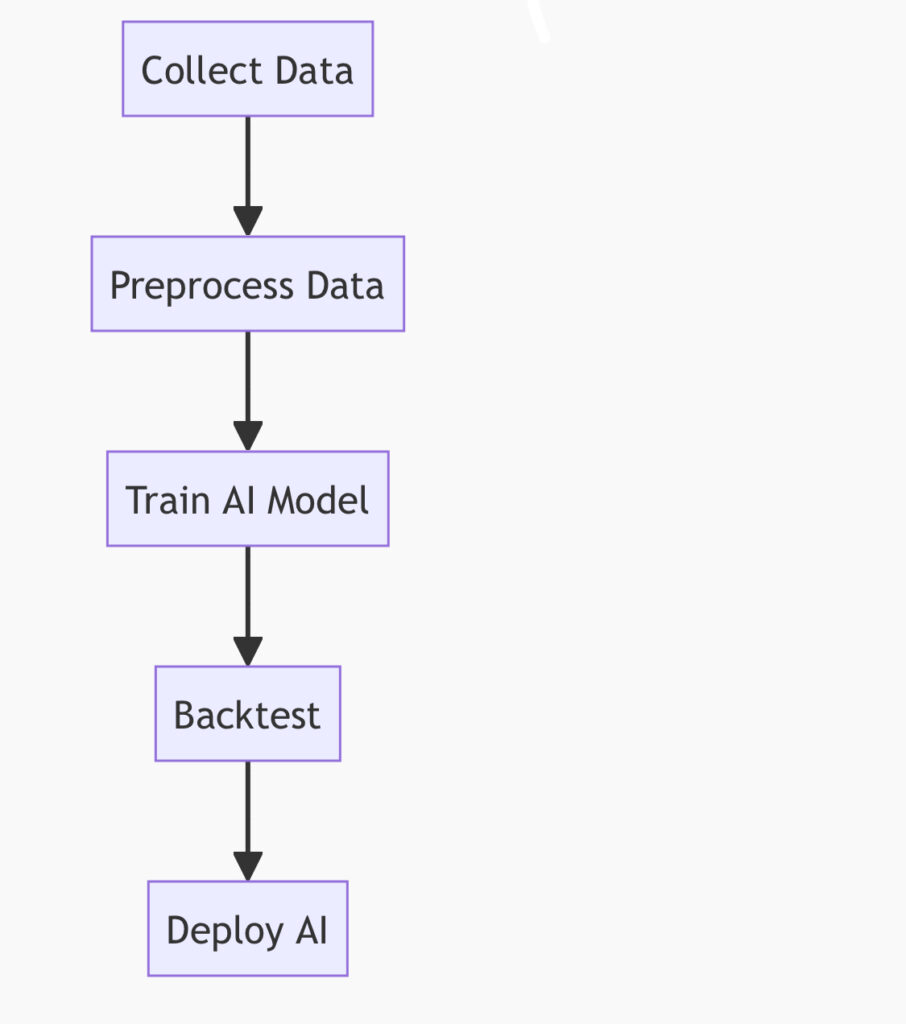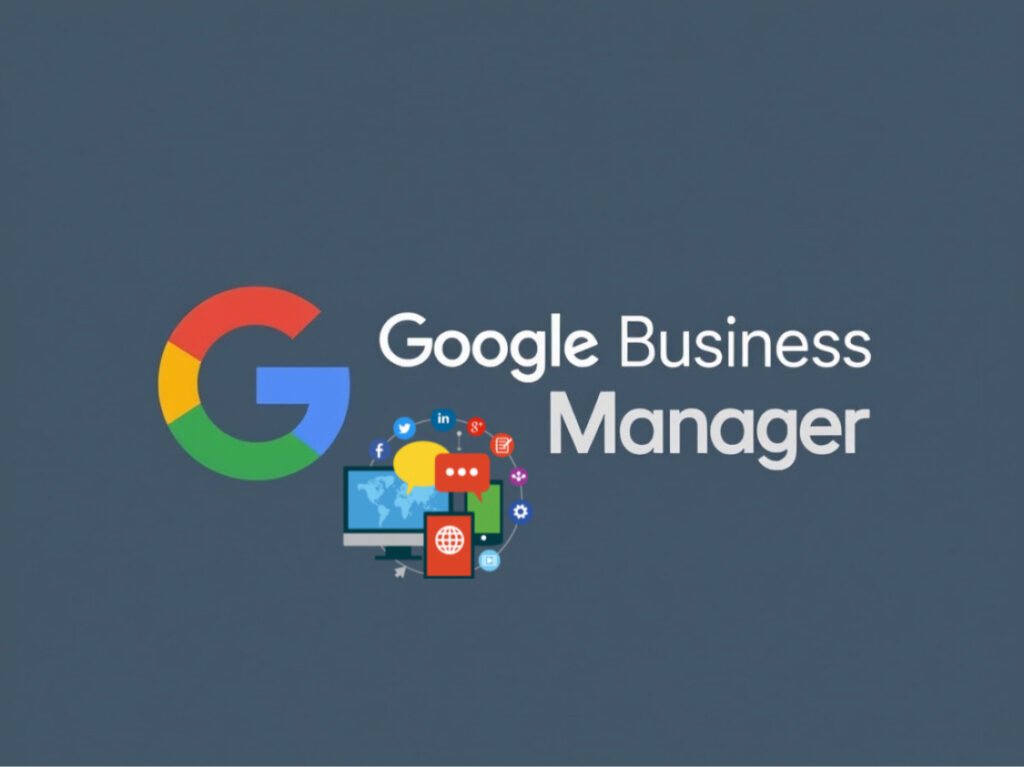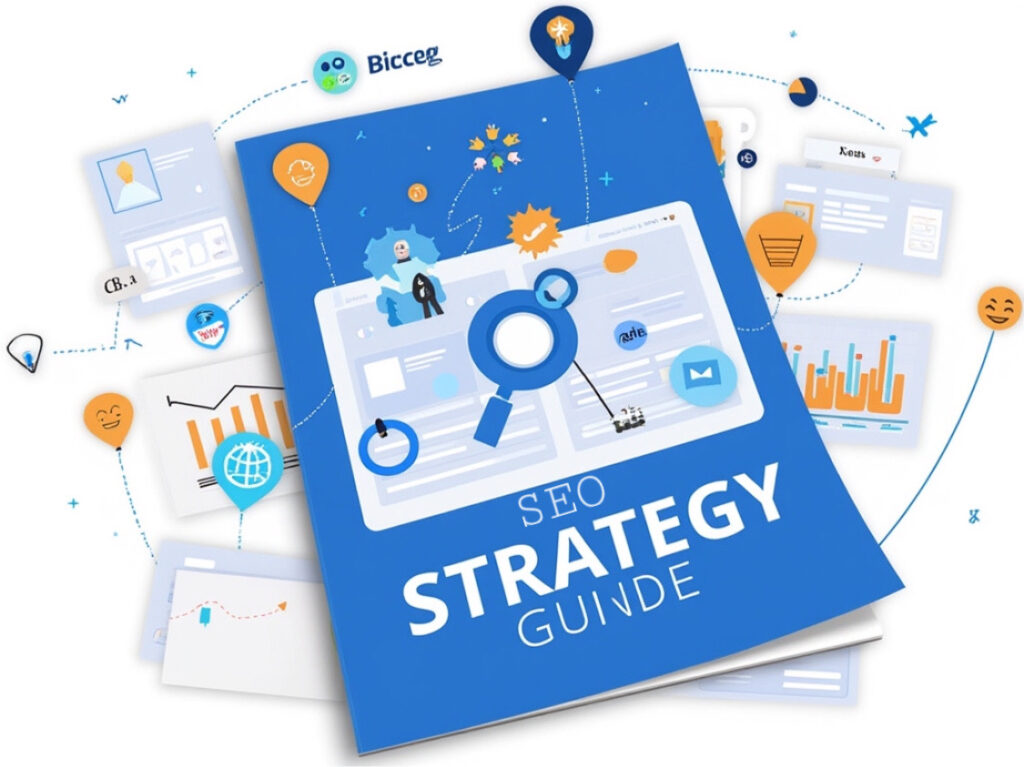
How to Build AI for Trading, A Step-by-Step Guide
AI trading is like having your own superhuman trader, working around the clock. But how do you actually build it?
Step 1: Collect the Data
AI needs fuel, and data is that fuel. Without it, your AI is like a car without gas.
What Data You Need:
- Stock prices: Open, close, high, low.
- Volumes: How many shares are traded.
- Sentiment data: What are people talking about on Twitter, Reddit, and news outlets?
- Technical indicators: Moving averages, RSI, MACD—get these from sources like Yahoo Finance or Alpha Vantage.
Tools to Get the Data:
- APIs: Use services like Alpha Vantage, Quandl, or Yahoo Finance API.
- Scraping: For sentiment data, scrape Twitter or Reddit using tools like BeautifulSoup and Tweepy.
Step 2: Preprocess the Data
Raw data is messy. You need to clean it up before feeding it to your AI.
How to Clean and Prep Data:
- Remove NaNs: Get rid of missing values (they’ll mess up your model).
- Normalize: Scale your data so that all features (prices, volumes, etc.) are on the same scale.
- Split your data: Use 80% for training, 20% for testing.
Example Code:
from sklearn.preprocessing import MinMaxScaler
scaler = MinMaxScaler(feature_range=(0, 1))
scaled_data = scaler.fit_transform(stock_data)Why?
- Normalization ensures that no single feature (e.g., price) dominates the AI’s learning process.
Step 3: Choose Your AI Model
The AI model you pick will define how your bot behaves. Different models work for different strategies.
AI Models You Can Use:
- Reinforcement Learning (RL): Your AI learns through trial and error, adapting to market changes. Perfect for long-term strategies.
- LSTM (Long Short-Term Memory): Best for time-series data like stock prices, as it learns dependencies over time.
- Random Forest: Great for predicting whether stock prices will go up or down based on many factors.
Why LSTM is Hot:
LSTM models are fantastic for predicting stock prices because they can remember trends over a long time. Here’s a peek:
from keras.models import Sequential
from keras.layers import LSTM, Dense
model = Sequential()
model.add(LSTM(units=50, return_sequences=True, input_shape=(X_train.shape[1], 1)))
model.add(LSTM(units=50, return_sequences=False))
model.add(Dense(units=25))
model.add(Dense(units=1))
model.compile(optimizer='adam', loss='mean_squared_error')
model.fit(X_train, y_train, batch_size=1, epochs=1)Pro Tip:
Start simple. LSTM is powerful, but Random Forest is easier to build and tweak for beginners.
Step 4: Train Your AI
This is where the magic happens. Your AI learns how to predict stock prices or when to buy/sell.
How to Train Your Model:
- Use historical data to train. The AI will “learn” based on patterns in the past.
- Split your data into training and validation sets to avoid overfitting.
Watch for Overfitting:
Your AI might perform too well on historical data but tank in real-time trading. Why? It’s memorizing the past instead of learning patterns. Solution? Cross-validation and early stopping.
Sample Code for Training:
model.fit(X_train, y_train, batch_size=64, epochs=100, validation_split=0.2, callbacks=[EarlyStopping(monitor='val_loss', patience=5)])Step 5: Backtest Your AI
Before going live, backtesting is your safeguard.
What is Backtesting?
- Test your AI’s strategy on past data to see how it would’ve performed.
- Measure accuracy and profits based on historical scenarios.
Backtesting Tools:
- Backtrader: A Python library perfect for simulating how your strategy would work in the real world.
- QuantConnect: An all-in-one platform to build, backtest, and live trade.
Step 6: Deploy Your AI
Your AI is finally ready to make you money.
Deployment Options:
- Cloud-based: AWS, GCP, or Azure. Ideal for live data feeds.
- On-premise: If you have your own servers, you can set up a local trading bot.
Integrate Real-time Data:
Now that your AI’s learned, hook it up to real-time stock data. Services like Alpaca or Interactive Brokers API let your AI pull data and execute trades instantly.
Visual Example: The AI Trading Loop

FAQ Section
Q1: Can I build AI for trading without coding knowledge?
A1: Basic coding is essential, but platforms like QuantConnect can help you with minimal code.
Q2: How much data do I need to train my AI?
A2: The more data, the better! At least five years of stock prices and volumes is a good start.
Q3: Is AI trading legal?
A3: Yes, but check with your country’s regulations. In the U.S., AI trading is fully legal.
Q4: Can AI guarantee profits in trading?
A4: Nope! AI helps make better decisions, but the stock market is unpredictable.
Conclusion
Building AI for trading doesn’t need to be intimidating. With the right steps, tools, and creativity, you can develop a bot that outsmarts the market. Whether you’re new to the AI game or a seasoned developer, this roadmap can guide you to profitable, automated trading.
Remember: Start simple, backtest, and refine. Happy trading!









Leave a Reply